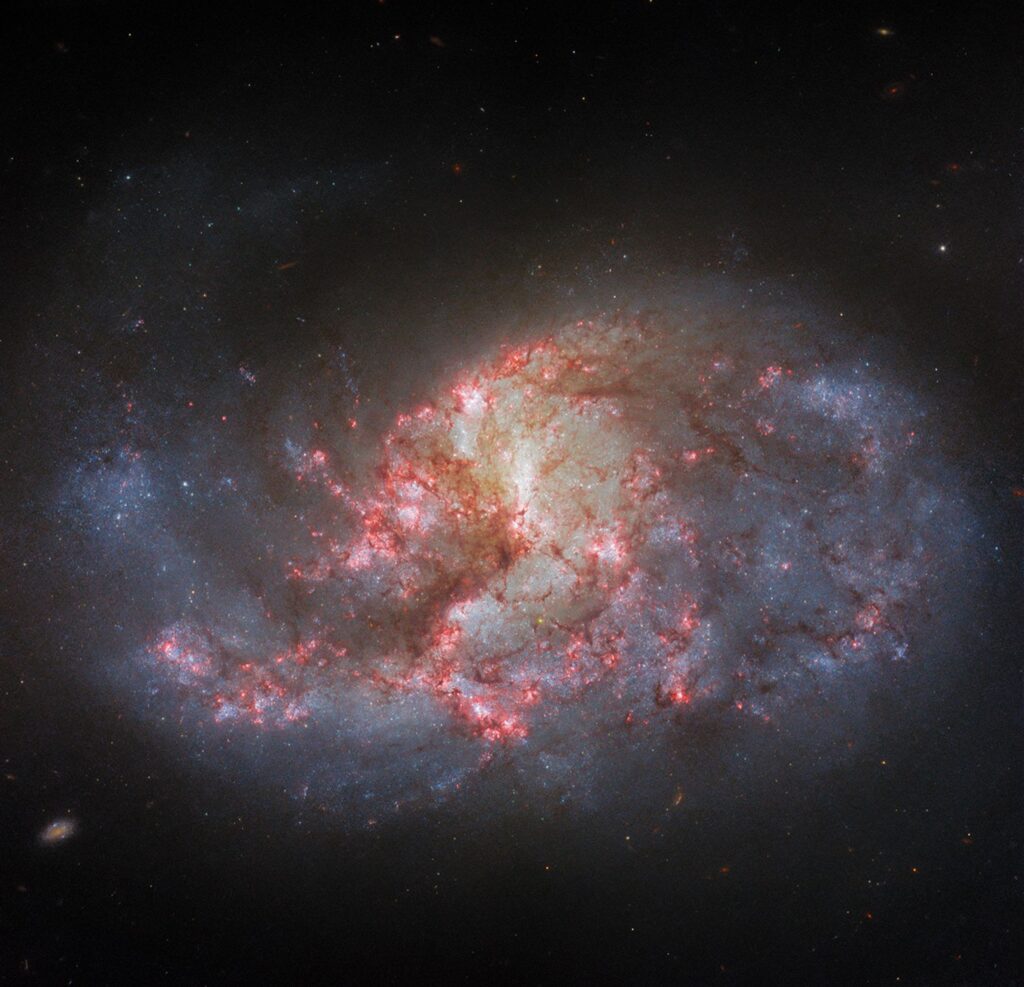SpaceX fired up the massive booster rocket for its new Starship spacecraft Monday night (July 19) in a short first-of-its-kind test for the company’s ambitious new launch system.
The towering stainless-steel booster, called Super Heavy, ignited three Raptor engines in a brief “static fire” test on a pad at SpaceX’s Starbase facility in southern Texas, near the village of Boca Chica. Booster 3, as this particularly Super Heavy is known, is the latest in a series of prototypes for SpaceX’s Starship program, which aims to develop a fully reusable launch system for trips to the moon, Mars and beyond.
“Full duration firing of 3 Raptors on Super Heavy Booster,” SpaceX CEO Elon Musk wrote Monday night on Twitter. When asked about the chances of more tests with the rocket, Musk added: “Depending on progress with Booster 4, we might try a 9 engine firing on Booster 3.”
Related: SpaceX’s Starship and Super Heavy rocket in pictures

If nine engines sounds like a lot, that’s already the amount SpaceX uses on every Falcon 9 rocket’s first stage. The company’s Falcon Heavy rocket, which consists of three boosters and an upper stage, ignites 27 engines together during liftoff. Starship’s Super Heavy booster, meanwhile, is expected to use over 30 engines during launch.
SpaceX’s Super Heavy rocket is designed to be a reusable first stage booster to carry the company’s massive Starship spacecraft into orbit. It stands 230 feet (70 meters) tall and will eventually carry a 165-foot (50 m) Starship spacecraft on top when SpaceX attempts that vehicle’s first orbital flight.
In May, SpaceX successfully launched and landed a Starship vehicle in a test flight that reached an altitude of 6.2 miles (10 kilometers). The company has said it aims to launch the first orbital flight with Starship as early as this summer, pending booster tests.
Musk has said that the Booster 3 Super Heavy rocket likely won’t fly in space, but will instead be used for ground tests. Its successor, Booster 4, would be the first to launch a Starship. That test flight would launch a Starship prototype from SpaceX’s Starbase facility in Texas to a target zone near the island of Kauai, Hawaii, while the Super Heavy booster splashes down in the Gulf of Mexico. Eventually, SpaceX hopes to recover both its Super Heavy and Starship vehicles for later reflight as it does regularly with its Falcon 9 boosters.
SpaceX’s Starship and Super Heavy rockets form the core of the company’s plans for its future missions to deep space. NASA has picked SpaceX’s Starship to land astronauts on the moon as part of the agency’s Artemis program, and SpaceX has already sold another Starship flight around the moon to Japanese entrepreneur Yusaku Maezawa.
Musk wants to use Starship vehicles to help send astronauts to Mars and has said the spacecraft could be fully up and running by 2023, if testing goes well.
Email Tariq Malik at tmalik@space.com or follow him @tariqjmalik. Follow us @Spacedotcom, Facebook and Instagram.


